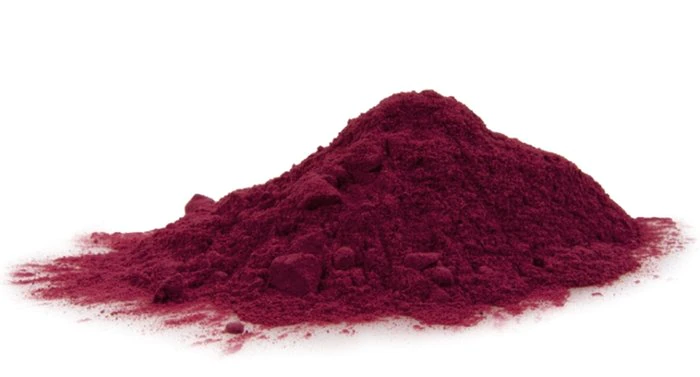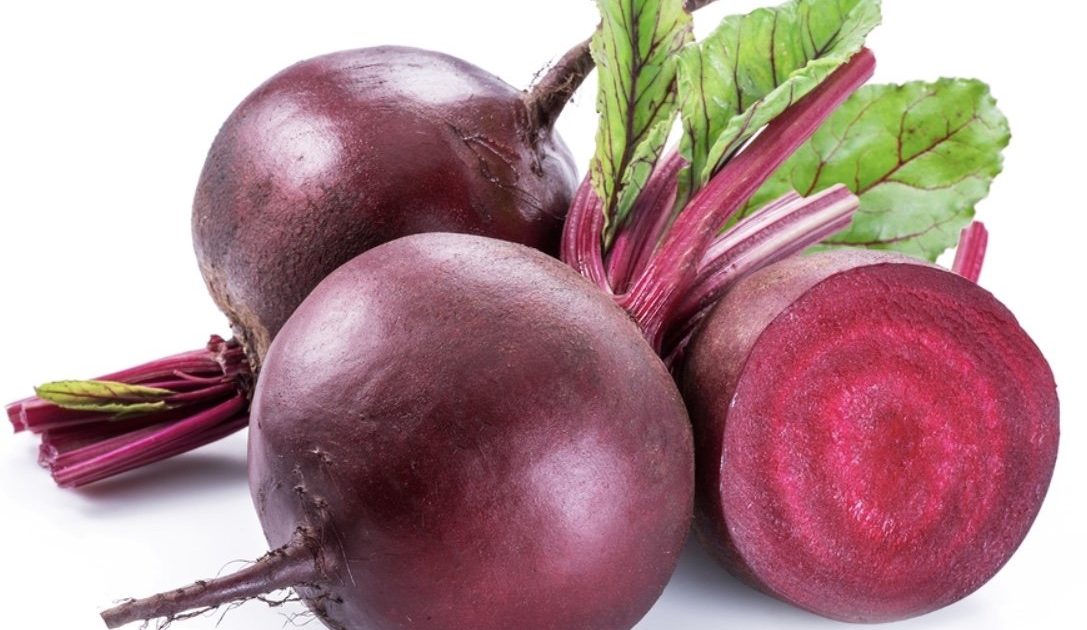How Betaine Works for Dogs and Cats?
Pet owners are constantly seeking ingredients that go beyond basic sustenance to truly enhance their furry companions’ well-being. Betaine, a naturally occurring quaternary ammonium alkaloid widely present in animals and plants, is becoming a staple in modern pet food formulations for its multifaceted health benefits. Extracted primarily from sugar beets, betaine serves as a powerful osmolyte and methyl donor, helping pets maintain osmotic regulation and essential metabolic processes. More veterinarians and nutritionists recommend betaine-enriched diets, especially for dogs and cats facing age-related or environmental challenges. Whether you’re feeding a playful puppy, an active adult dog, or a senior cat, understanding betaine can help you make informed choices for optimal pet health.
What is Betaine and How Does It Work?
Betaine, also known as trimethylglycine, is a naturally occurring amino acid derivative found in plants like beets and spinach. In pet food, it’s often added in its anhydrous or hydrochloride form to provide targeted nutritional support. Betaine was first discovered in Europe in 1883. Husemann and Mame first isolated it from Lycium barbarum and named it lycin. However, research on its efficacy only began in the 1970s. Nowadays, betaine has been widely used in fields such as chemical engineering, medicine, food, and feed.
In animal nutrition, betaine has been studied extensively for its ability to enhance feed efficiency and growth performance. Its dual functionality sets it apart: as an osmolyte, betaine helps cells regulate water balance, preventing dehydration and supporting organ function under stress. This translates to better nutrient absorption and energy utilization, making it particularly valuable in formulated pet foods. As a methyl donor, it aids in the metabolism of homocysteine, a compound linked to inflammation and cardiovascular issues, while also serving as an efficient alternative to choline in diets. This makes it a versatile component in both commercial and therapeutic pet diets.
Benefits of Betaine for Dogs and Cats
Support for kidney health
The applications of betaine in pet food are backed by a growing body of scientific evidence, highlighting its role in promoting overall vitality. Methylation reactions play a very important role in systems such as the nervous system, endocrine system, immune system, urinary system, and cardiovascular system. Betaine act as an efficient and stable methyl donor, one of the most prominent benefits is its support for kidney health, especially in pets with chronic kidney disease (CKD)—a common issue in older cats and dogs. Studies have demonstrated that diets supplemented with beet root extract and soluble fibers can reduce uremic toxins, improve body composition, and even increase total body mass in CKD-affected cats.
Anti-inflammatory effects
Betaine helps by controlling inflammation and supporting metabolic health. Based on its powerful antioxidant, anti-inflammatory and anti-osmotic stress capabilities, betaine can be used for moisturizing, light damage protection, barrier repair, pigmentation inhibition, anti-inflammatory soothing and anti-aging effects. Urban pets often face stressors from pollution or confined spaces, and A meta-analysis underscores its positive impact on growth and feed attraction, ensuring pets not only eat better but thrive.
Improve Liver health
Betaine can facilitate fat metabolism and reduce oxidative stress, providing a cheap active methyl group for the synthesis of phosphatidylcholine and promoting the synthesis of DNA and RNA. At the same time, it can significantly increase the carnitine content in the liver and muscles, promoting the β -oxidation of fatty acids. It can also significantly reduce the activity of malate dehydrogenase, accelerate fat breakdown and inhibit the synthesis of some fats. Betaine This is crucial for breeds prone to hepatic issues, such as Labrador Retrievers or Persian cats.
Enhances endurance and muscle recovery
Betaine has been shown to improve growth performance, feed utilization, and palatability, making meals more appealing to picky eaters. When combined it with sweetness with the umami flavor that is sensitive to fish and shrimp, significantly improving the flavor of feed and stimulating the appetite of animals. In cats, betaine interacts with omega-3 fatty acids to lower inflammatory markers like 7-HOCA, potentially alleviating joint issues associated with aging or obesity. Additionally, its role in cardiovascular and renal protection extends to everyday wellness, with research indicating benefits in homocysteine modulation and physical resilience.
Practical Applications in Pet Food Formulations
Betaine is commonly added to dry kibble, wet foods, and treats, often in therapeutic lines like those for kidney defense. For instance, diets enhanced with betaine and prebiotics activate the gut microbiome, protecting kidney health in both cats and dogs. In puppy formulas, it promotes healthy development by aiding methyl donation and cellular metabolism. CALTER first added betaine to feed in the 1970s and quickly captured the European market. Most of the pet Food products with betaine added by Campi Alimentos Company in Mexico are puppy and Adult dog food products, such as the brands ChickenFood for Adult Dogs and Food for Puppies, and the addition of betaine is clearly indicated on the packaging. A dry cat food product of the RascoPremium brand launched by Beaphar Eastern Europe in the Czech Republic clearly indicates that the addition amount of betaine is 733 mg/kg in the nutrition information table. The Exclusion MediterraneoMonoprotein Formula dry dog food product launched by the Italian Dorado company clearly indicates in its nutrition information table that the addition amount of betaine is 1160 mg/kg.
Pet food manufacturers are increasingly turning to betaine for its cost-effectiveness and performance-boosting properties. Betaine’s integration into pet food represents a leap forward in nutritional science, offering tangible benefits from kidney support to enhanced vitality. By choosing foods with this powerhouse ingredient, you’re investing in your pet’s long-term health and happiness. When selecting betaine-enriched products, look for transparent labeling and consult your veterinarian to ensure it fits your pet’s specific needs.




